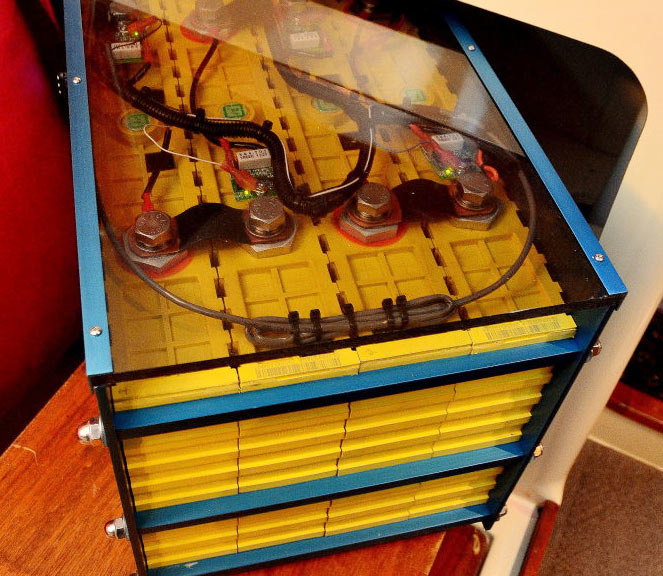So I'm gearing up to jump in to LiFePO4 and as I calculate and estimate and my spreadsheet gets bigger and bigger, I'm wondering, how real are the charge / discharge efficiencies I read about online?
I'm looking to put together a 48v system; where my battery bank will stay between 25% and 80% SOC for longevity (may have to eat into 25% on rainy days).
What is a realistic % of energy loss going in to the battery bank and coming out I can expect if my charging rate will never exceed .17 C and my discharging rate will be around .26 C or less? I intend to ensure the battery bank stays bellow 25 degrees C.
I'm looking to put together a 48v system; where my battery bank will stay between 25% and 80% SOC for longevity (may have to eat into 25% on rainy days).
What is a realistic % of energy loss going in to the battery bank and coming out I can expect if my charging rate will never exceed .17 C and my discharging rate will be around .26 C or less? I intend to ensure the battery bank stays bellow 25 degrees C.



